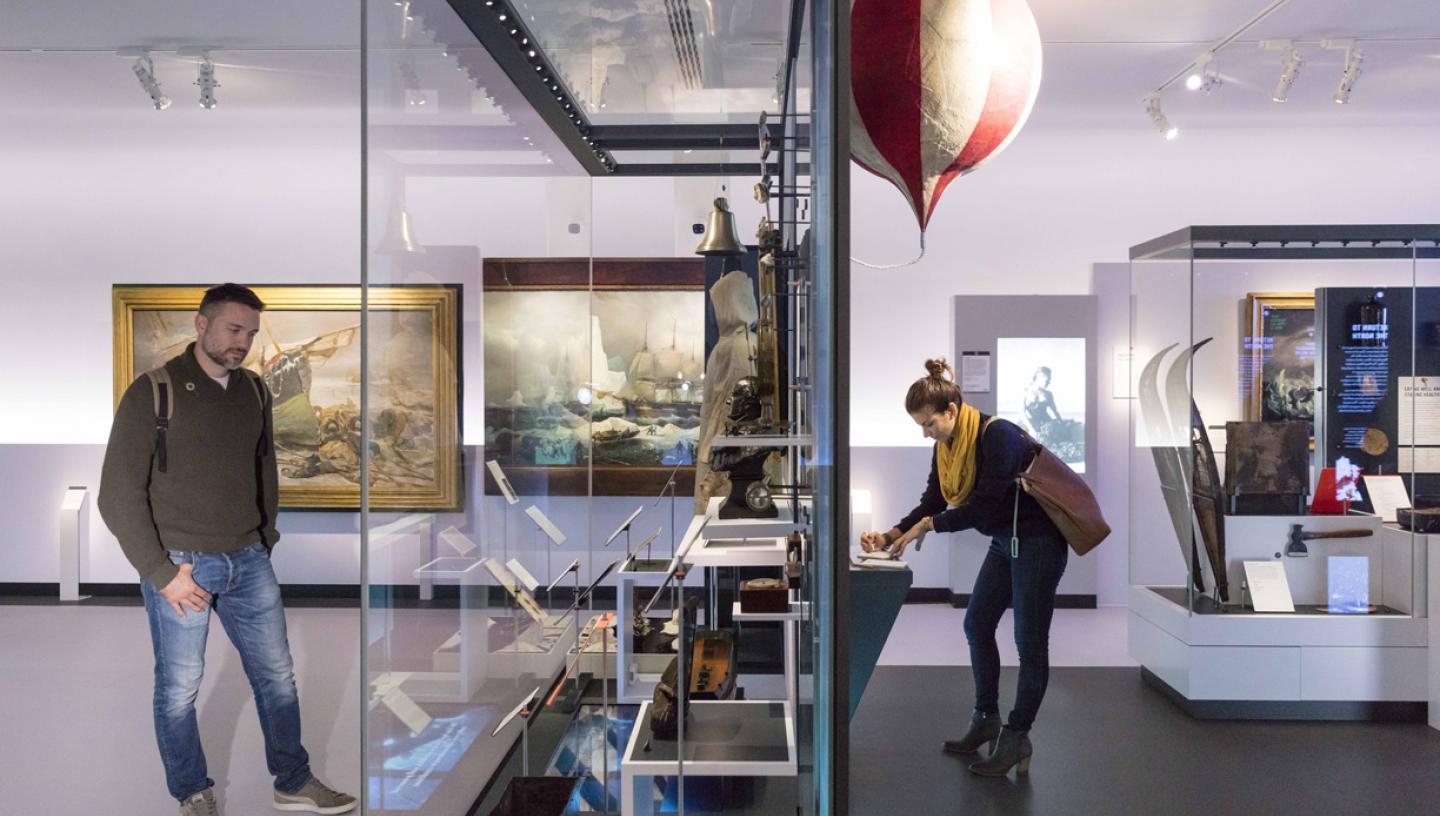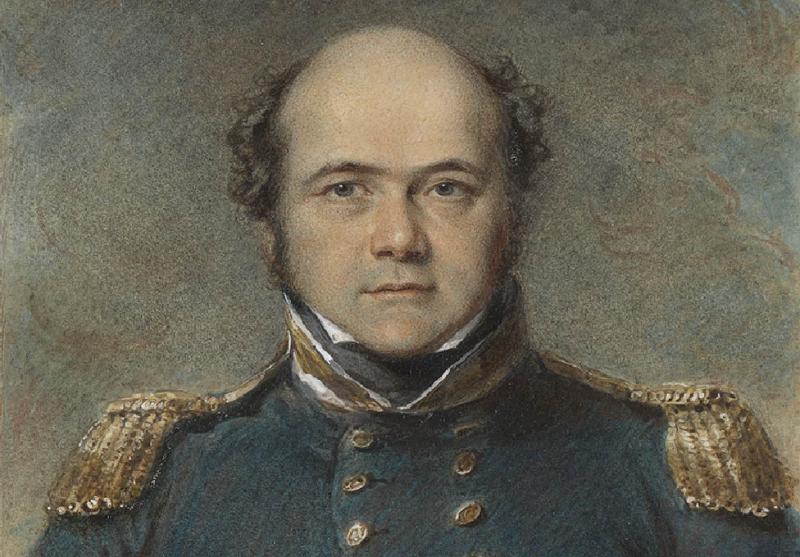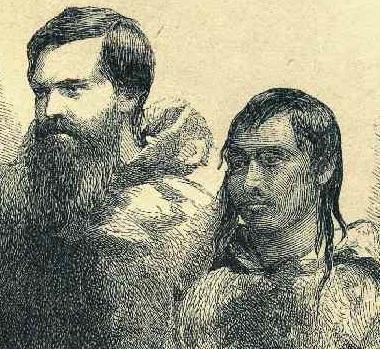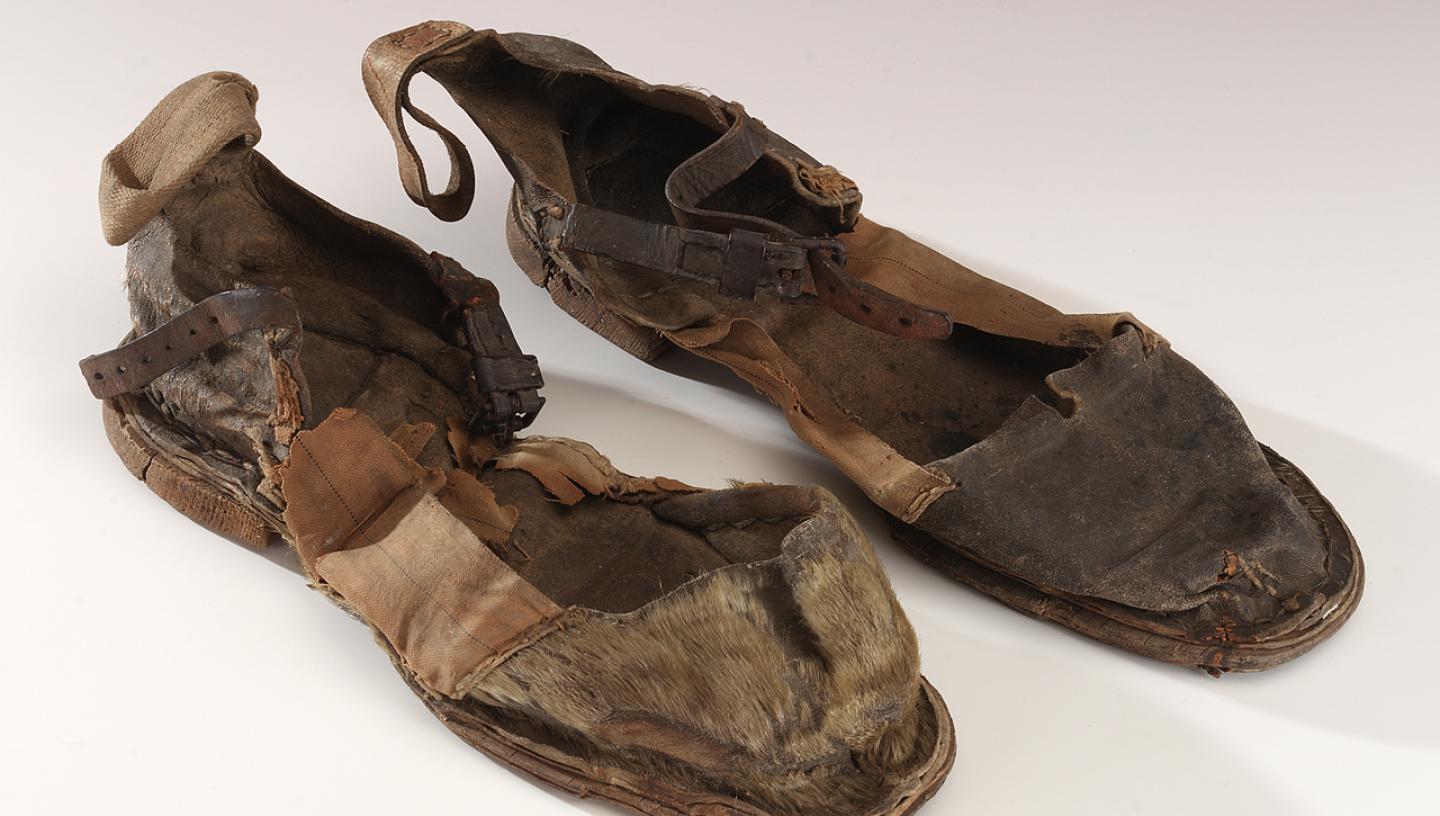
Snow shoes. Goggles. A diary. These personal objects belonging to Captain Robert Falcon Scott are some of the most poignant objects in the National Maritime Museum collection.
Scott's Antarctic expedition (1910–13) aimed to continue the scientific and geographical work of his 1901–04 expedition, and to reach the South Pole.
Teams of dogs, ponies and three motor cars were taken to supplement the man-hauled sledges. By January 1912, Scott had decided that he, Edward Wilson, Lawrence Oates, Edgar Evans and Henry Bowers would try to reach the South Pole.
After trekking over 800 miles, they reached their goal but the Norwegian explorer, Roald Amundsen, had got there first. Bitterly disappointed, they started their journey back. Each man was gradually overcome by frostbite, starvation or exposure.
The bodies of Scott, Bowers and Wilson were discovered in November 1912. Oates and Evans have never been found.
Learn more about some of the objects in our care, and see them for yourself at the National Maritime Museum.
Captain Scott's overshoes
Watch how one of our conservators cared for this poignant relic:
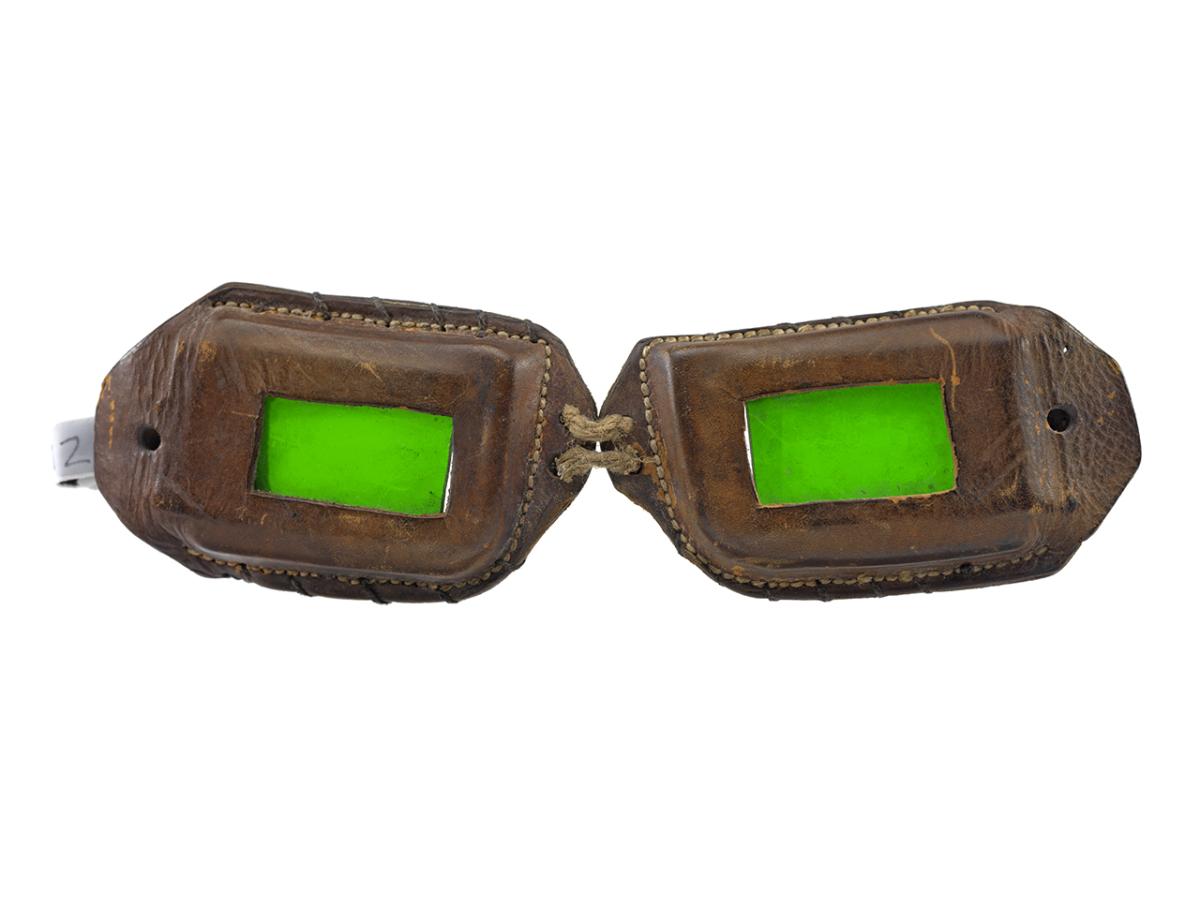
Captain Scott's sledging goggles
With green glass lenses in a stitched leather frame, Scott would have used these goggles to see in the glaring white snow.
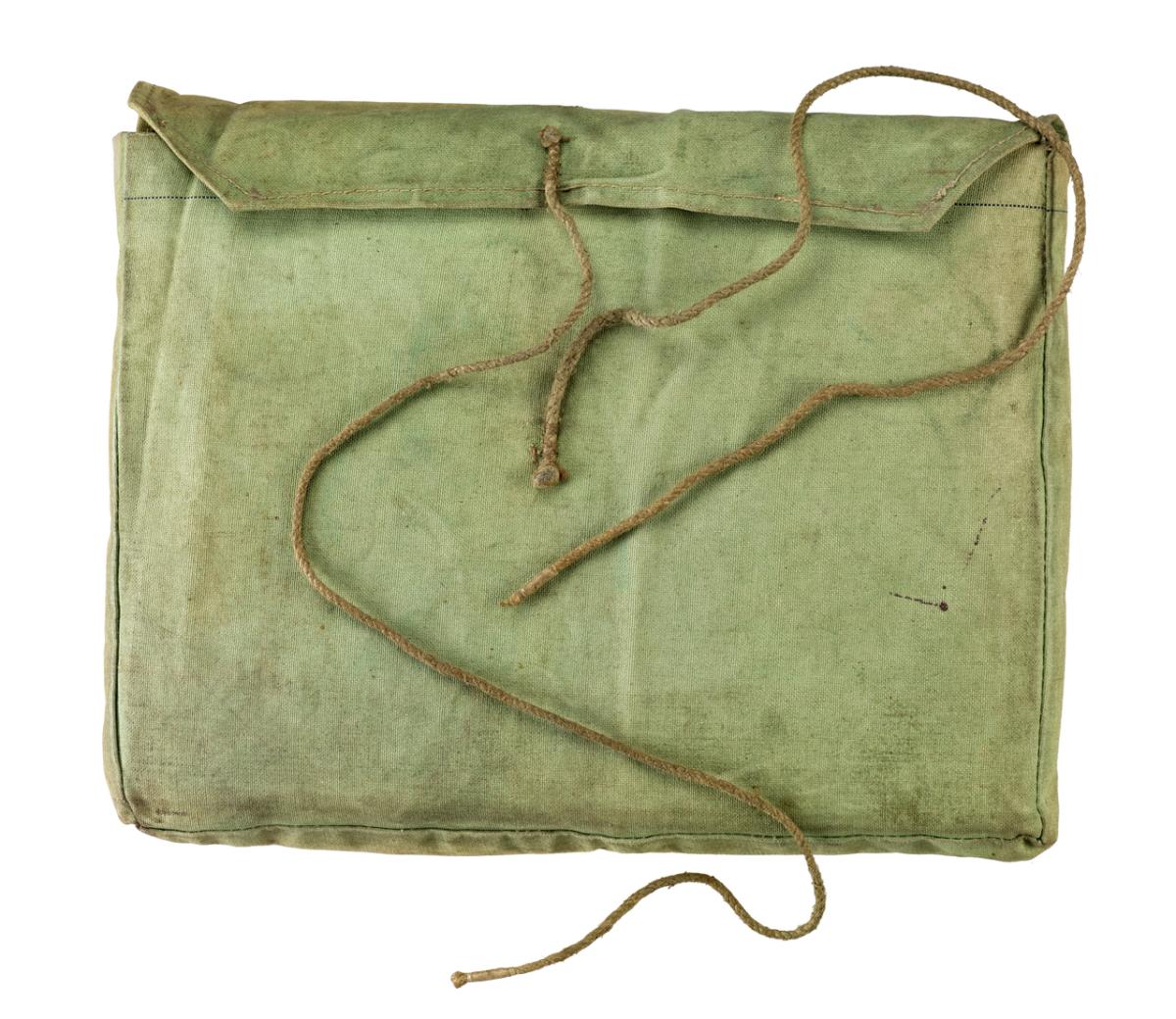
Captain Scott's book bag
Scott kept his now-famous diary in this green canvas bag.
The theodolite
Discover how Captain Scott and his team navigated their way through unfamiliar Antarctic landscapes.
